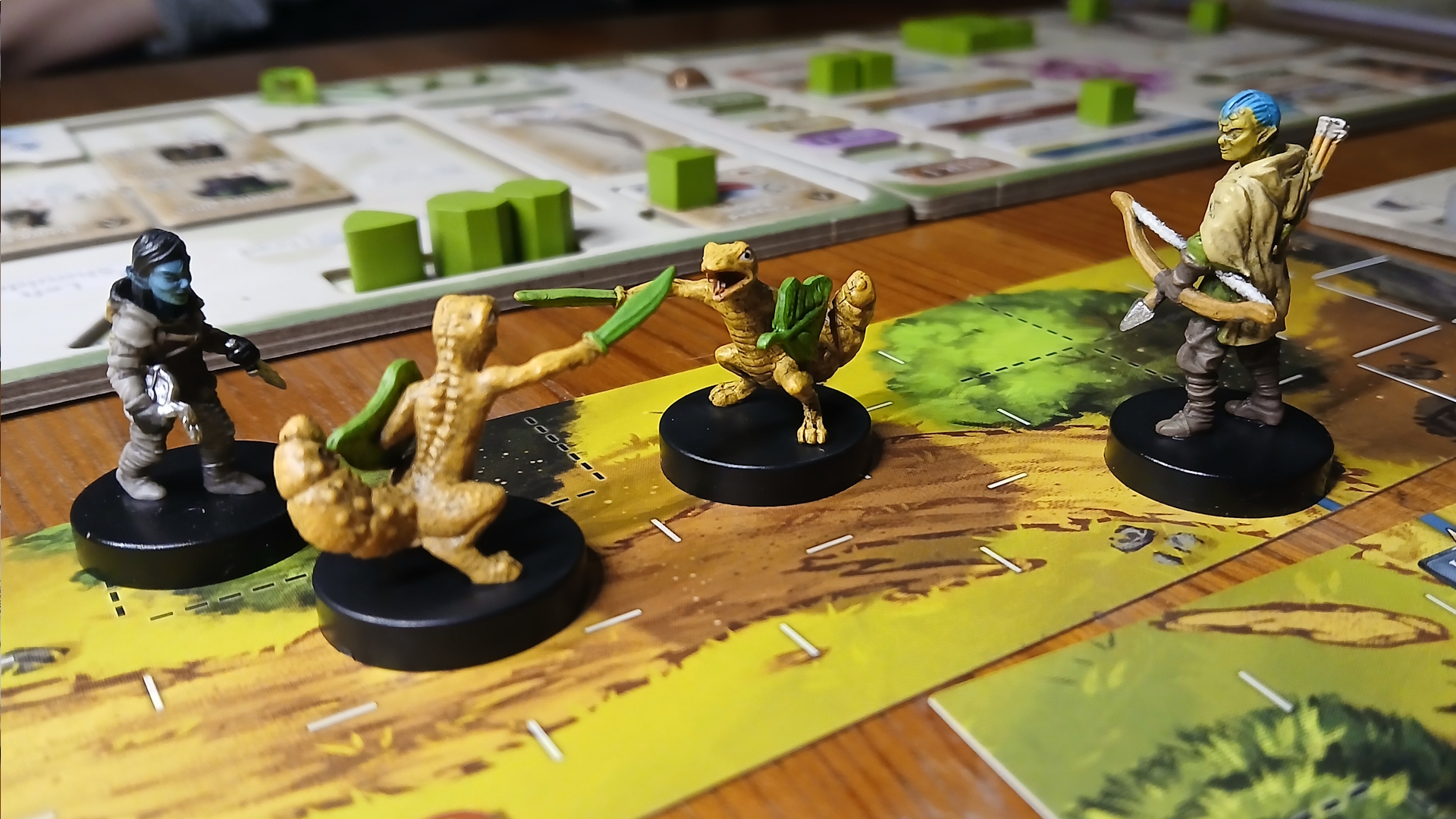War Front strategy guide
Our exhaustive guide will give you the upper hand on opponents online or off
Tips for Multiplayer Games
Although victory in the Campaign mode War Front: Turning Point can take patience and inventiveness, especially when playing on the Hard Difficulty setting, there’s nothing quite as challenging or compelling as competing against a human opponent (or opponents). In the Campaign game, many of the events are scripted (though the AI is good enough to react to different situations while still following the major points of the script). But every multiplayer game should provide an entirely new experience—unless, of course, you play so poorly that the enemy overruns your base before the game has a chance to reach a point where new things can happen!
Fortunately, you can avoid that unwelcome situation by following these basic guidelines.
Practice in Skirmish Mode. Like all first-class RTS games, War Front: Turning Point features a Skirmish mode that lets you practice against up to nine computer-controlled (AI) opponents on any of the game’s multiplayer maps. Although a couple of gameplay options are not available in Skirmish mode — you can’t share resources with an AI player on your team, and the settings for Crates can’t be changed — this is still an outstanding way to try out new production techniques and battlefield maneuvers, as well as improve the speed at which you carry them out.
Newcomers should set the strength of the AI players no higher than Medium, while veteran players should ratchet it up to Hard for their very first Skirmish. And don’t be surprised if you get your butt handed to you the first time you face a Hard AI opponent: they’ve been sharpened for maximum combat readiness!
Choose the Right Nation. Because the Allies don’t rely on Power Plants and produce fewer types of units, this is definitely the nation of choice for players who are relatively new to RTS games. Building the German army is slightly more difficult because of the need to erect power sources and upgrade weapons factories, while the Russians offer the greatest challenge because their buildings also require upgrades and there are so many unit types to consider.
Sign up to the GamesRadar+ Newsletter
Weekly digests, tales from the communities you love, and more
Don’t Play for Keeps — at Least Not at First. When you go online for your first game against a real opponent, you’ll notice you can play ranked or unranked games: the outcomes of ranked games are saved and used to compare how your won-loss record stacks up against those of other War Front enthusiasts. Stick with the unranked matches until you get a good feel for how the game performs with your Internet connection.
Search for Low-Ping Opponents. Whether you’re joining or hosting a game, try to play against opponents whose “ping time” is relatively low (ping is the time in milliseconds it takes for data to travel from your computer to the opponent’s computer). High ping times can wreak havoc on even the most well-coded online games, and can be caused by everything from someone using an underpowered PC to connecting to the Internet through a heavily congested network.
Fight on Familiar Turf. Every second you spend in an online match had better be productive, and if you aren’t intimately familiar with the map on which you’ll be fighting you can waste precious seconds trying to get a feel for where important sites like mines, Oil Rigs, Banks, and Drop Zones are located. As you practice in Skirmish mode, make a note not only of these important areas, but the places where fighting tends to be heaviest—passes leading into enemy bases, possible river crossings, and so on.
Long Live Renewable Energy! Although you can have your engineers construct buildings that generate resources, that doesn’t decrease the importance of capturing Oil Rigs and Banks and controlling Drop Zones. All three of these provide unending resources, and in a multiplayer game victory or defeat can quite often hinge on whether you have the resources necessary to build the units you need at critical times.
Oh, No — Not a Tank Rush! Lots of RTS players hate the “tank rush”— when an opposing player creates a multitude of the cheapest armored unit and sends them streaming into your base before you’ve even contemplated battle. Luckily, an option in the multiplayer-game setup allows to determine how much time must elapse before an enemy can enter your area. If you do decide to leave this feature turned off, build a few defensive bunkers to tie up these relatively weak units as you create a response force.
Keep the Lines of Communication Open and Active. There’s probably nothing more important when you’re playing as part of a team than to communicate with your comrades-in-arms. Don’t just give a cry for help as you’re about to be overrun, either: use the Chat function to assign tasks to each teammate that help you achieve the ultimate goal.
In a 3-vs.-3 match, for instance, you might have one teammate located across a river with two enemies on his flanks; the opposing team is in the same situation. Do the two of you on the same side of the river try to crush the enemy between you as fast as you can, or do you send reinforcements to your mate across the water at the expense of letting the foe beside both of you build up his forces? And don’t forget you can use the Diplomacy screen to exchange resources and units with those fighting on your side.
Listen to the Experts. Down through the centuries, rookie soldiers have discovered that the fastest way to learn how to survive is to listen to — or mimic the actions of — those who already have. Similarly, War Front publisher CDV Interactive encourages users to share their tips for victory at the War Front: Turning Point Forum. Simply visit www.war-front.com and choose a language, click the Community link on the Navigation bar, and select Forum. Note: You’ll need to sign up to share your own strategies with fellow War Front users and to access certain features, but your information is kept private.


